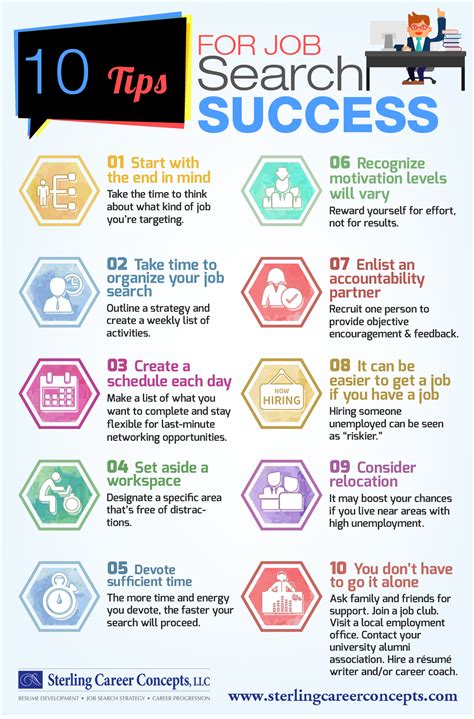Losing a job can be a stressful and overwhelming experience, especially when it comes unexpectedly. Two terms that are often used interchangeably, but have distinct meanings, are "laid off" and "terminated." Understanding the difference between these two terms is crucial for employees, as it can significantly impact their future job prospects, benefits, and overall well-being.

In this article, we will delve into the definitions, causes, and consequences of being laid off versus being terminated. We will also provide guidance on how to navigate these situations and what employees can do to protect their rights.
What Does it Mean to be Laid Off?
Being laid off refers to the temporary or permanent separation of an employee from their job due to reasons unrelated to their performance. This can occur when a company is facing financial difficulties, restructuring, or downsizing. Layoffs can be voluntary or involuntary, and they can affect individual employees or entire departments.
Some common reasons for layoffs include:
- Economic downturns
- Company restructuring
- Mergers and acquisitions
- Technological advancements
- Changes in market demand
When an employee is laid off, they may be eligible for severance pay, outplacement assistance, and continuation of benefits, such as health insurance.
Types of Layoffs
There are two main types of layoffs:
- Temporary Layoff: This type of layoff is intended to be short-term, and employees are typically recalled to work when business conditions improve.
- Permanent Layoff: This type of layoff is intended to be long-term, and employees are not expected to be recalled to work.

What Does it Mean to be Terminated?
Being terminated, on the other hand, refers to the permanent separation of an employee from their job due to performance-related issues or misconduct. This can include:
- Poor job performance
- Violation of company policies
- Misconduct, such as harassment or theft
- Failure to meet job requirements
When an employee is terminated, they are typically not eligible for severance pay or continuation of benefits.
Types of Termination
There are two main types of termination:
- Voluntary Termination: This type of termination occurs when an employee chooses to leave their job, often due to dissatisfaction or new opportunities.
- Involuntary Termination: This type of termination occurs when an employer chooses to terminate an employee's contract, often due to performance-related issues or misconduct.

Key Differences Between Laid Off and Terminated
The main differences between being laid off and being terminated are:
- Reason for Separation: Layoffs are typically due to reasons unrelated to performance, while terminations are due to performance-related issues or misconduct.
- Eligibility for Benefits: Employees who are laid off may be eligible for severance pay and continuation of benefits, while employees who are terminated are typically not.
- Future Job Prospects: Being laid off may not have a significant impact on future job prospects, while being terminated can raise concerns about an employee's performance and reliability.

What to Do if You're Laid Off or Terminated
If you're laid off or terminated, there are several steps you can take to protect your rights and navigate the situation:
- Review Your Employment Contract: Understand your contractual obligations and any provisions related to severance pay, notice periods, and continuation of benefits.
- Seek Support: Reach out to your HR department, a career counselor, or a professional organization for guidance and support.
- Update Your Resume and Online Profiles: Make sure your resume and online profiles are up-to-date and showcase your skills and experience.
- Network and Make Connections: Attend industry events, join professional organizations, and connect with colleagues and peers to build your network and explore new opportunities.

Conclusion
Losing a job can be a challenging experience, but understanding the difference between being laid off and being terminated can help employees navigate the situation and protect their rights. By knowing the reasons for separation, eligibility for benefits, and future job prospects, employees can make informed decisions and take the necessary steps to move forward.





What is the difference between being laid off and being terminated?
+Being laid off refers to the temporary or permanent separation of an employee from their job due to reasons unrelated to their performance. Being terminated, on the other hand, refers to the permanent separation of an employee from their job due to performance-related issues or misconduct.
What are the key differences between being laid off and being terminated?
+The main differences between being laid off and being terminated are the reason for separation, eligibility for benefits, and future job prospects.
What should I do if I'm laid off or terminated?
+If you're laid off or terminated, review your employment contract, seek support, update your resume and online profiles, and network and make connections.
